L’cashew (Western Anacardium) is a plant of the family Anacardiaceaeoriginally from the Brazilian Amazon forest, then from South America. Over the centuries it was introduced in Asia and in all tropical and subtropical regions of the world where it is still widely cultivated. The best known parts of the cashew are the fruit (seed) and its peel, which contain a large amount of vitamins, mineral salts and antioxidants. The seed is used in the food industry, especially for the production of snacks and confectionery. Cashew skins can also be used to make a variety of food products, including a variety of hot sauces. Furthermore, the oil obtained from the cashew nut is used as a condiment in oriental cuisine. Cashew is also known for its medicinal properties: in fact, it can have an antimicrobial and anti-inflammatory effect on the skin. It has also been shown to be effective against certain gastrointestinal disorders and has been used to treat hypothyroidism.
In short, the cashew is an exotic fruit with multiple beneficial properties, let’s get to know it better.
How is the cashew plant made?
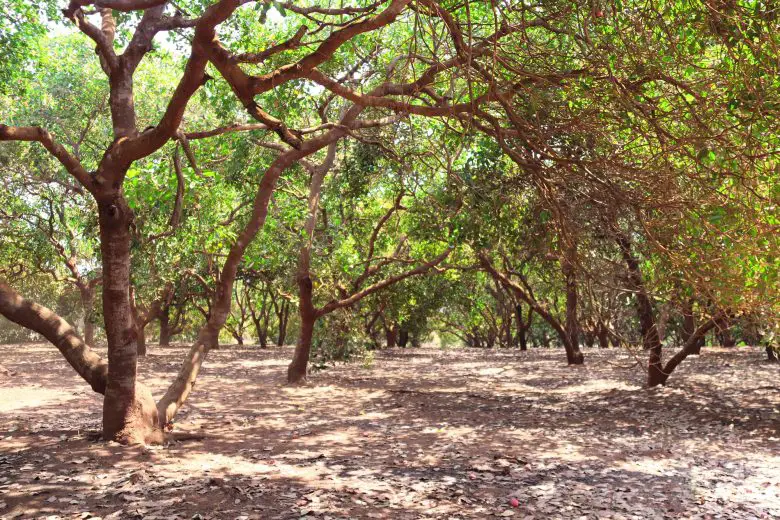
The cashew is an evergreen tree that can reach a height varying between 5 and 15 m. The plant has a fairly short, robust and twisted trunk that branches into numerous branches. Aesthetically it is similar to strawberry tree. The bark is gray-brown, smooth with longitudinal cracks. The leaves are green, elliptical and obovate, with smooth margins and sometimes with a toothed tip, they are arranged in a spiral towards the end of the stem with a short petiole. The flowers are gathered in a panicle formed by male and hermaphrodite flowers in variable proportions. In tropical climates, flowering occurs at different times of the year. The individual flowers are small, consisting of a small crown of five yellow-green sepals and five reddish-white petals.
Cashew
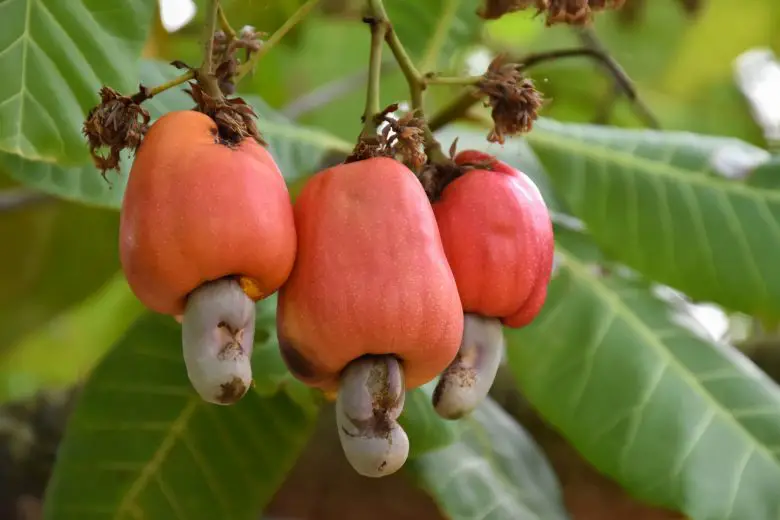
The fruits of cashews are fleshy drupes with an oval or slightly flattened shape, covered by a leathery shell of a brownish color sometimes tinged with red. The outer part is called “apple cashew”. In the underlying part of the drupe there is the kernel, called “cashew nut”, containing a seed which contains the white and edible pulp, simply known as cashew.
Where does cashew grow and where is it grown?
L’Western Anacardium it is a plant native to the tropical areas of Latin America, but is cultivated all over the world, especially in India, Thailand, Vietnam, Nigeria. The plant loves warm and humid climates, typical of tropical and subtropical areas. For luxuriant growth, the plant needs constant sunlight and does not tolerate sudden drops in temperature, especially during flowering. Fruit production is abundant if the tree is well cared for with organic fertilization and regular watering. For these reasons, cashew cultivation is rarely practiced in Europe and could only be possible in the milder areas of the Iberian peninsula and southern Italy.
How is cashew grown?
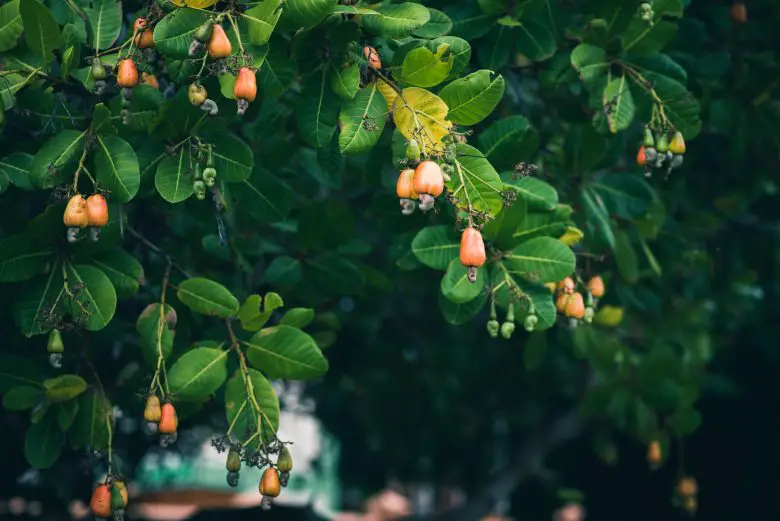
The ideal terrain to grow cashew it must be loose or sandy, well drained and rich in organic substances. Clayey and compact soils are to be avoided. The ideal system involves the planting of trees at a distance of about 8 m. from each other. The trees are reproduced starting from the seed, which is planted in seedbeds and not directly in the ground. During the first year after sowing, it is necessary to carry out training pruning to set up the orderly growth of the plant. They are also required hoeing operations soil to encourage plant growth. Furthermore, over the following years, it is essential to proceed with regular organic fertilisers (for example made with the mature manure) And irrigation with fixed automatic systems. The harvest generally takes place after a variable period between 3 and 7 years from planting depending on the climatic and cultural conditions.
What is the difference between peanuts and cashews?
The peanuts and cashews, despite being similar aesthetically, have some substantial differences, primarily botanical. Peanuts indeed are a member of the legume family, while cashews belong to the Anacardiaceae family. Peanuts grow underground, while cashews grow on trees. Cashews have a stronger flavor than peanuts, with a nutty, spicy note. Peanuts contain more fat and protein than cashews, which are rich in vitamins A, C and E. Furthermore, peanuts contain more carbohydrates and are less caloric than cashews.
What are cashews good for?
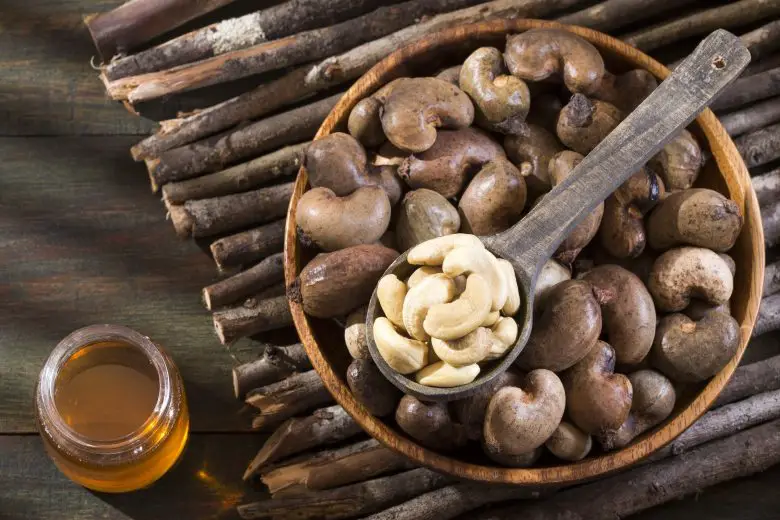
Cashews are a nutrient-rich and healthy food, considered a valuable food. They are an excellent source of vitamin E, magnesium, iron, zinc, potassium and fiber. They also have a good vegetable protein content. They are useful for boosting energy and maintaining a healthy weight. They also help reduce the risk of certain cardiovascular diseases, as they contain polyunsaturated fatty acids such as oleic acid and linoleic acid which help lower blood cholesterol levels. They can also prevent inflammatory diseases, such as rheumatoid arthritis, thanks to their antioxidant content.
What are cashews bad for?
Cashews can cause discomfort in people with food allergies. When consumed in large quantities, they can cause symptoms such as itching, swelling and difficulty breathing. Even the skin can be affected by an allergy to this dried fruit, with redness and skin rashes. It’s important to recognize the signs of an allergic reaction to cashews right away and see your doctor right away.
Learn more about cashews and cashews
-
- Western Cashew – The cashew tree (Anacardium occidentalis): a tropical evergreen that produces the cashew nut and the cashew apple (in English) – Science Direct
- Cashew oxalate nephropathy Canadian Medical Association Journal National Library of Medicine, National Center for Biotechnology Information.
- Cashew nut consumption does not affect blood lipids or other cardiovascular disease markers in humans: A randomized controlled trial National Library of Medicine, National Center for Biotechnology Information.
- Raw and Roasted Cashew Nuts Physical Properties Dataset – National Library of Medicine, National Center for Biotechnology Information.

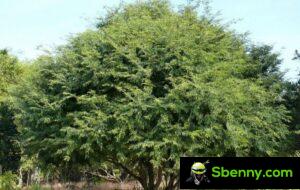
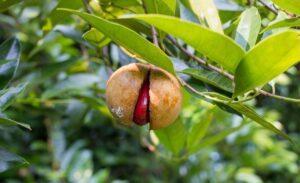
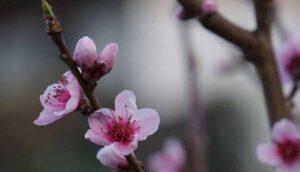
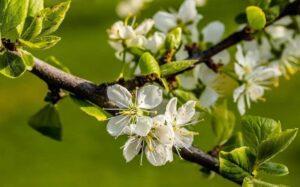
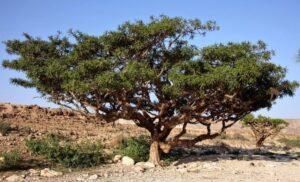
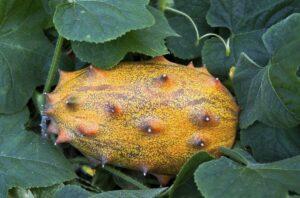
Start a new Thread